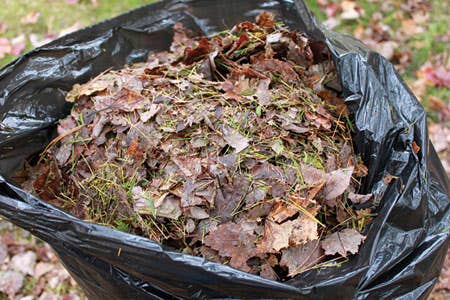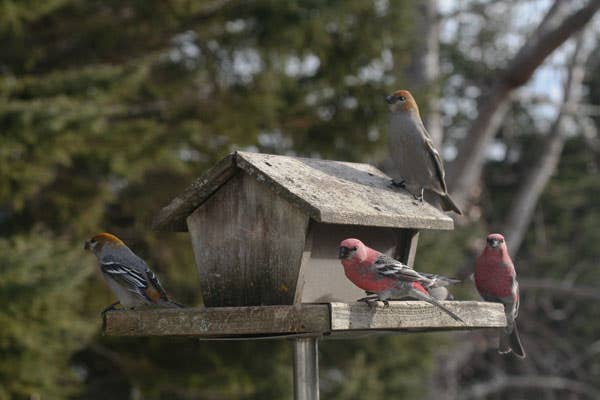Black Knot Disease
How to treat black knot, a disease that affects plum and cherry trees.
Question: Our purple-leaf plum tree has a couple branches with a thick black crust covering a section of bark. I think it is black knot. How should we treat black knot disease?
Answer: Black knot is a disease that attacks plum and cherry trees (Prunus spp.)—both ornamental types and those grown for their fruit. The disease is caused by a fungus called Apiosporina morsoba (syn. Dibotryon morborsum), which is native to North America. Cases have been reported in all U.S. regions where these trees grow (wild or cultivated), but historically it has been most prevalent in the Northeast.
Fungus spores are emitted from knots on infected trees during periods of warm (55–75˚F) wet weather in spring—usually beginning when the leaf buds are about to open and continuing through the tree's blossoming. They travel by wind or in water droplets and infect other trees (or other branches of an already-diseased tree) through wounds or the soft green tissue of new growth.
Once within a branch, the fungus slowly grows to develop the black knots that give the disease its name. By the end of the first summer the knots will be very small brownish soft galls that aren't very noticeable. The next spring they quickly enlarge and begin to harden and turn black. Knots continue to grow each year, creeping along the branch. They can grow longer than 12 inches. The fungus can also spread within the branch, causing new galls to arise separate from the original infection. The knots will eventually choke the branch and kill it.
Fungicides are available to commercial growers; regulations on their use by home gardeners vary by state. For information about using chemicals to control black knot in your area, check with your local extension agency.
You can control the disease with non-chemical means. Inspect plum and cherry trees closely once the leaves have fallen and branches are bare and easily viewed. Remove all shoots and branches that have black knots—do this in winter, before the spores are released in spring. Sever the branch or shoot at least 6 inches below the knot, to ensure that you remove any fungus not yet showing on the surface. Promptly burn, bury or otherwise remove the clippings from the premises, because the spores can still be released from knots on a pruned branch. If there are wild plum or cherry trees growing on your property, inspect and prune these too, as they can easily infect your garden tree.
If measures aren't taken to stop the disease, the tree will weaken. Fruit trees will become less productive and garden trees will become misshapen, losing their ornamental appeal. The tree may eventually die. It may also become more susceptible to other diseases and environmental stressors.







